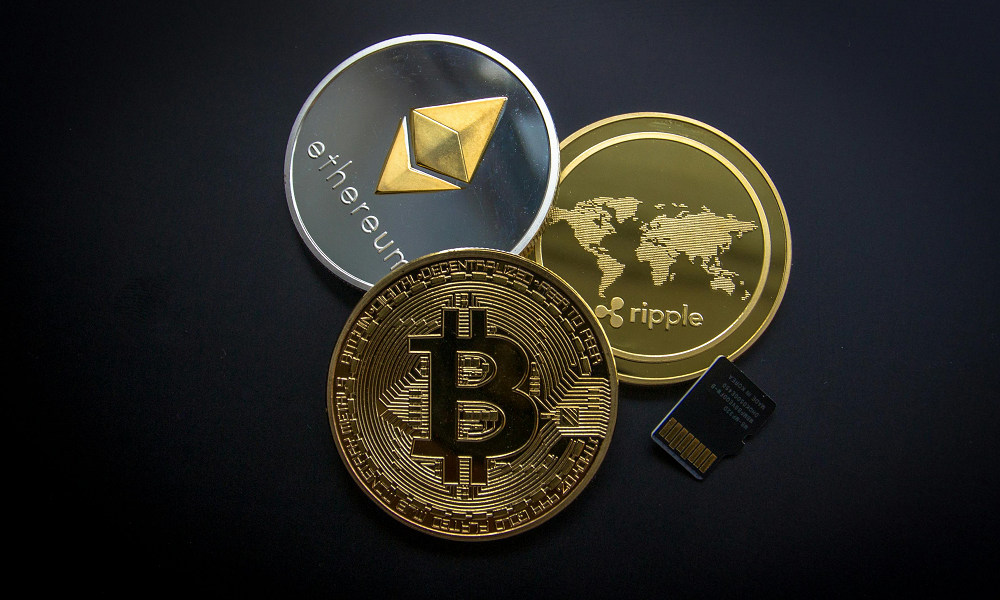Reviews
The Role of Blockchain in Cross-Border Payments and Remittances

In recent years, blockchain technology has emerged as a game-changer in various sectors, particularly in cross-border payments and remittances. This innovation is now being explored for its potential to revolutionize international transactions. Imagine a world where sending money abroad doesn’t involve long wait times or hefty fees. That’s what blockchain promises. By integrating blockchain into financial systems, cryptocurrency presale is becoming a hot topic, as it offers a glimpse into a future where transactions are swift, secure and efficient. Read on to dive into how blockchain is enhancing speed and efficiency, reducing costs, bolstering security and what challenges lie ahead.
How blockchain enhances speed and efficiency in international transactions
One of the most appealing aspects of blockchain technology is its ability to significantly speed up international transactions. Traditionally, sending money across borders involved multiple intermediaries, each taking time to process the payment. This often led to delays ranging from a few days to a week. Blockchain, however, operates on a decentralized ledger, allowing transactions to be processed almost instantly. A real-life example can be seen in cases where people send remittances to family members in different countries. With blockchain, they can avoid the waiting game and ensure their loved ones receive funds quickly and securely, making it a win-win for everyone involved.
Reducing costs: The financial benefits of crypto-powered remittances
Another significant advantage of blockchain technology in cross-border payments is cost reduction. Traditional banking systems and remittance services typically charge high fees for international transactions, cutting into the amount received by the recipient. Blockchain technology, on the other hand, minimizes these costs by eliminating the need for intermediaries. In real-world scenarios, a person working abroad can send money home using blockchain-based services, ensuring that more of their hard-earned cash reaches their family. This not only benefits individuals but also has a positive impact on economies, as more funds are retained within communities, fostering growth and development.
Security and transparency: How blockchain prevents fraud in cross-border payments
Fraud prevention is another area where blockchain shines in the realm of cross-border payments. Traditional systems are often vulnerable to fraudulent activities due to the opaque nature of transactions. Blockchain offers a solution by providing a transparent and immutable ledger of all transactions. Each transaction is recorded in a block and once added to the chain, it cannot be altered. This level of transparency deters fraudulent behavior and builds trust among users. A practical example is how businesses engaging in international trade can track payments and deliveries with confidence, knowing that blockchain provides an accurate and tamper-proof record of all transactions.
Challenges and future outlook: Can blockchain replace traditional banking systems?
Despite its many advantages, blockchain technology faces challenges that may hinder its widespread adoption. One of the main hurdles is regulatory uncertainty, as governments and financial institutions are still grappling with how to integrate blockchain into existing frameworks. Additionally, scalability issues need to be addressed to handle the large volume of transactions required by global financial systems. However, the future outlook remains promising. As technology advances and more businesses and individuals recognize the benefits of blockchain, it’s possible that it could complement, if not eventually replace, traditional banking systems. Only time will tell how this transformative technology will shape the future of cross-border payments and remittances.

-

 World1 week ago
World1 week agoEthiopian volcano erupts for first time in thousands of years
-

 Health2 days ago
Health2 days ago8 kittens die of H5N1 bird flu in the Netherlands
-

 Legal7 days ago
Legal7 days agoUtah Amber Alert: Jessika Francisco abducted by sex offender in Ogden
-

 US News6 days ago
US News6 days agoExplosion destroys home in Oakland, Maine; at least 1 injured
-

 Health7 days ago
Health7 days agoMexico’s September human bird flu case confirmed as H5N2
-

 Legal3 days ago
Legal3 days ago15 people shot, 4 killed, at birthday party in Stockton, California
-

 World1 week ago
World1 week agoWoman killed, man seriously injured in shark attack on Australia’s NSW coast
-

 US News2 days ago
US News2 days agoFire breaks out at Raleigh Convention Center in North Carolina




